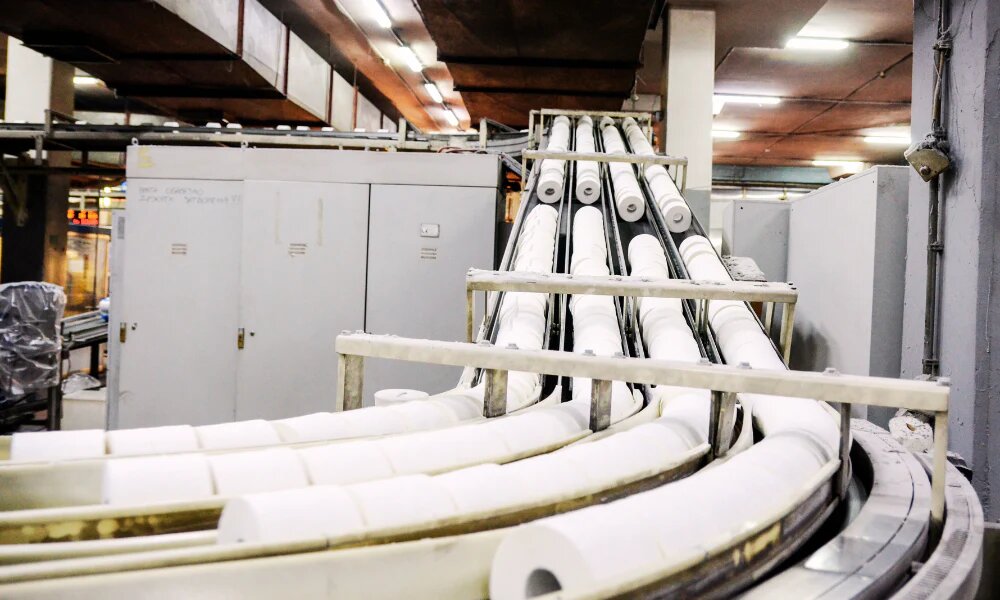For many people, selecting the appropriate toilet paper can be a daunting task - not only do we look for soft and comfortable tissue, but we also want something that is affordable and environmentally-friendly. With the rise of sustainable living, many consumers are now choosing sugarcane toilet paper as an alternative to traditional toilet paper options. However, the question on many people's minds is whether or not sugarcane toilet paper is septic-safe. In this blog, we will explore the topic in-depth and provide you with all the necessary details and facts to make an informed purchasing decision.
What is Sugarcane Toilet Paper?
Sugarcane toilet paper is created from the bagasse - the fibrous waste that remains after sugarcane stalks are crushed to extract their juice. This waste is then pulped and processed into toilet paper. It is an eco-friendly option since it promotes sustainability by repurposing a material that would otherwise be discarded. Many companies tout it as being biodegradable, renewable, and compostable. However, the question still remains, is it safe for septic systems?
Is Sugarcane Toilet Paper Septic Safe?
The short answer is yes, sugarcane toilet paper septic safe. Sugarcane toilet paper can be septic safe depending on the tissue's manufacturing process, strength, and thickness. This is because, during the flushing process, certain toilet paper can cause clogs, damaging the septic system. Any blockages can result in the need for costly repairs or complete replacement of the system.
One aspect of septic safety is how well the toilet paper dissolves in water. Dissolvability is essential because if the toilet paper does not break down quickly, it can cause blockages in your pipes or septic tank, leading to costly repairs. So, when purchasing a toilet paper option, like sugarcane toilet paper, you want to ensure that it's quick-dissolving. At Bampooh, we offer soft, comfortable, and septic-safe sugarcane toilet paper.
One of the most critical details in determining septic safety is the thickness of the toilet paper. Thicker toilet paper is often the culprit of causing blockages. Though high ply counts give a soft and comfortable feel, the extra thickness can be taxing for septic systems to break down. When it comes to Bampooh’s sugarcane toilet paper, we have specially formulated our sugarcane toilet paper to be thick enough for comfort but thin enough for it to be septic safe.
Cost Of Unclogging A Toilet
Unclogging a toilet can range in cost depending on the severity of the blockage and the type of plumbing system. On average, the cost to unclog a toilet can vary from $75 to $250. If the blockage is caused by a simple clog, using a plunger or drain snake may resolve the issue, resulting in a cheaper fix. However, the cost can increase if the blockage is more severe and requires professional assistance.
Conclusion
In summary, sugarcane toilet paper can be septic-safe. With careful consideration for thickness, manufacturing process, and dissolubility, choosing the right type of sugarcane toilet paper will let you enjoy this eco-friendly paper option without any worries about blockages in your home's septic tank or city pipelines.
To make things easy, shop Bampooh’s selection of sugarcane toilet paper for a septic-safe option that is as soft, if not softer than the most popular wood-based toilet papers.









